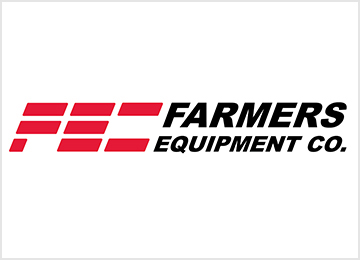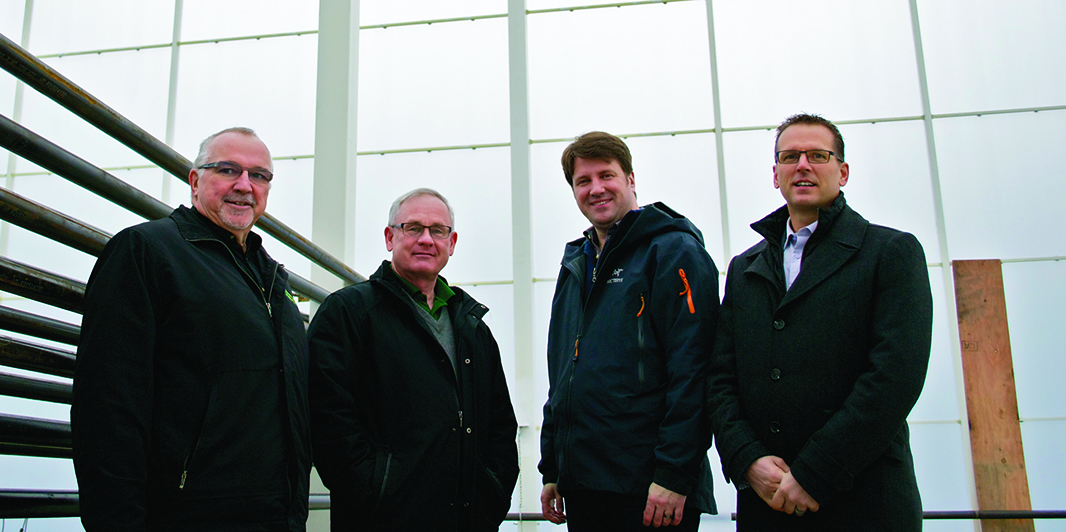words: Greg Welfing
The practice of fertilizing plants through an irrigation system (fertigation) is becoming increasingly popular in Fraser Valley blueberry fields. I constantly get asked if it is better to apply fertilizer to blueberries through fertigation or with the standard practice of granular applications. There are some serious advantages and disadvantages to both practices, so a number of factors should to be taken into consideration before a farmer decides how to fertilize high bush blueberries.
Some fertigation advantages:
- Fertilizer use by fertigation is much more efficient. Research has shown that applying Nitrogen through a drip system leads to better yields and larger plants than applying an equivalent amount of Nitrogen as a granular split application. This is likely due to the fact that Nitrogen is lost as the fertilizer granules sit on the soil surface; whereas, the liquid is applied directly into the root zone where it is taken up more quickly.
- Labour costs are far lower with fertigation.
- Nutrient application is much more precise with fertigation. Nutrients will reach the root zone faster with fertigation; whereas, the granule has to be broken down (either by microbes or water or both) and then leak down into the root zone. If your application timing with fertigation is correct, this is a huge advantage; but, if it is not, that advantage is mostly lost.
Some disadvantages of using fertigation:
- Water soluble and premixed fertilizers are generally more expensive than granular forms. This added cost can be offset somewhat by the savings in labour; however, fertigation still ends up being more expensive in most cases.
- Irregular applications can occur and damage the plants. The most important aspect of fertigation is consistency in the application rates. If the system is malfunctioning, or not set up properly, some plants may receive more water and fertilizer than other plants. This causes some plants to potentially receive toxic amounts of fertilizer and other plants to receive inadequate amounts. Of course this can happen with granular applications as well, but it is much rarer.
- Fertigation requires the use of water, and adding water to already water logged soil can be disadvantageous. Historically, the first fertilizer application is done just after bud break. At this time of the season, the fields in the Fraser Valley are usually very wet already. Adding more water to the root zone at this time is not a great idea especially in fields already suffering from root rot. Water-logged soils reduce root function and increase root rot.
- It is very hard to make large scale changes in pH or soil nutrient content through fertigation. If your soil requires a large scale change in pH or a large addition of one nutrient or the other, it can be very expensive to perform this through fertigation methods. Granular applications are much better suited (and cheaper) for this task.
Both systems of fertilizing are useful, yet they are not mutually exclusive. They can, and should, be combined to give the grower his maximum return. One example of this is that some growers find it advantageous to do a granular application early in the season, and later in the season top up the nutrient requirements through fertigation and foliar applications. In conclusion, deciding which one to use, and when, requires some careful thought and consideration.











